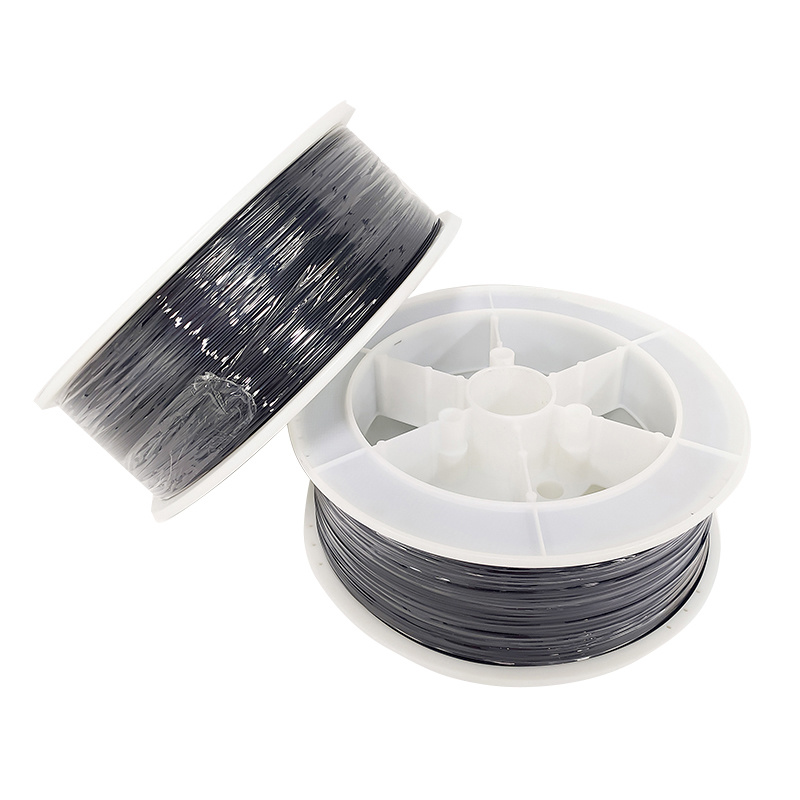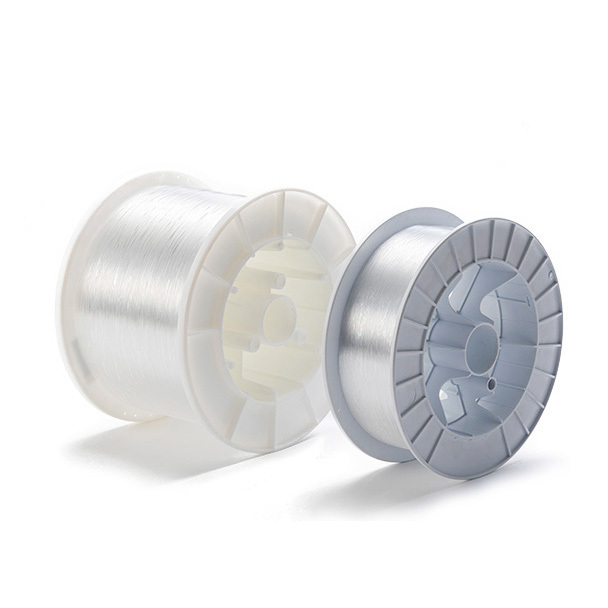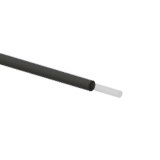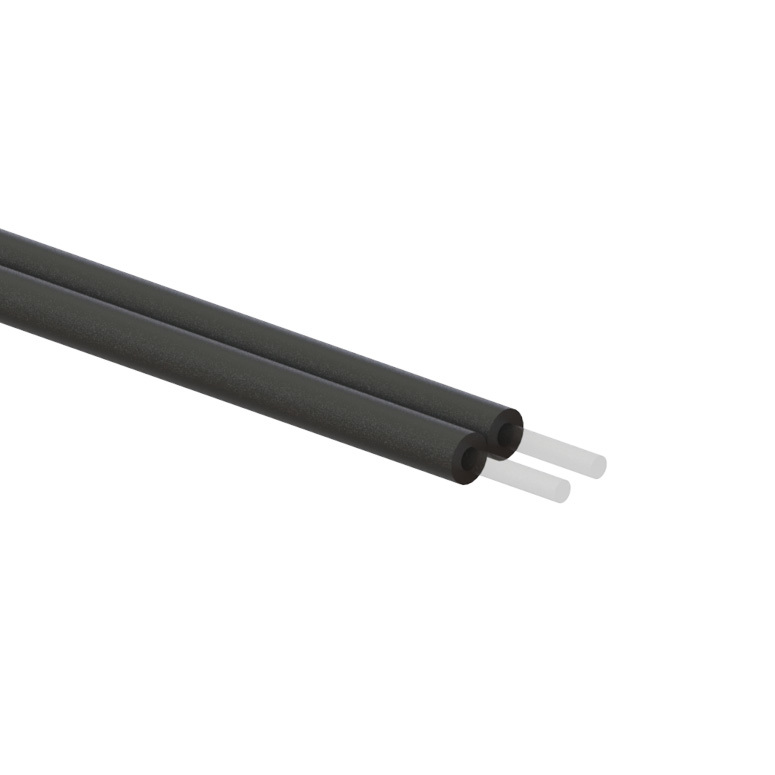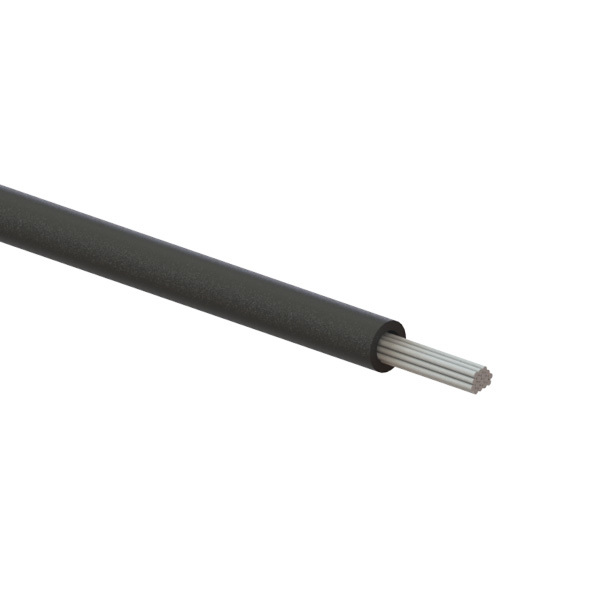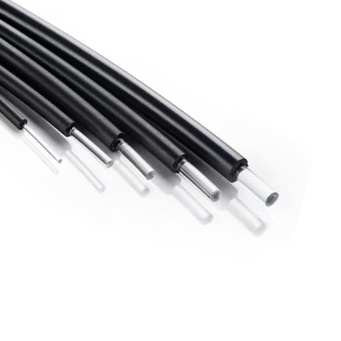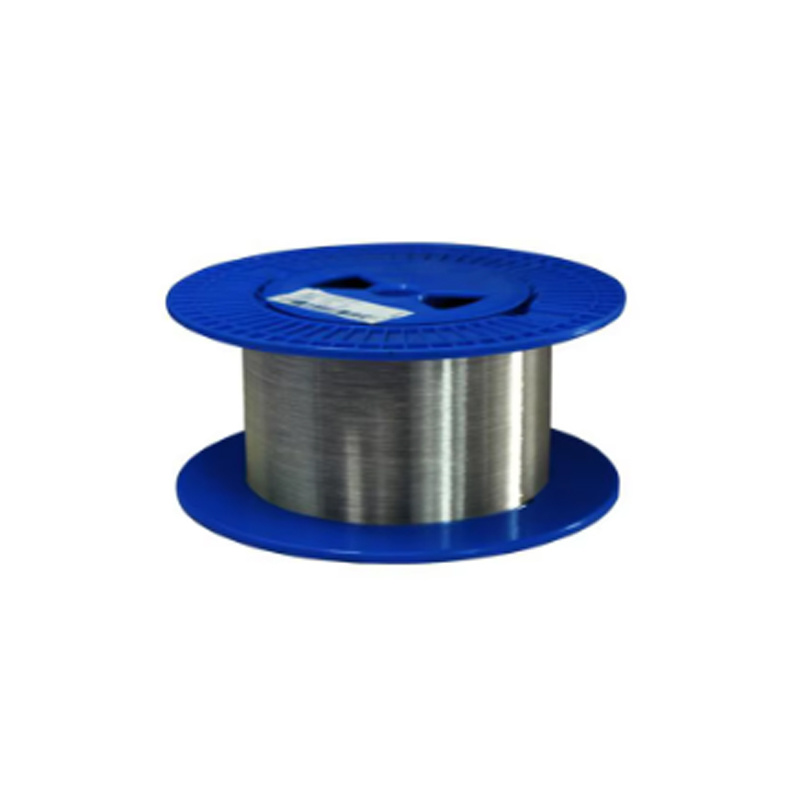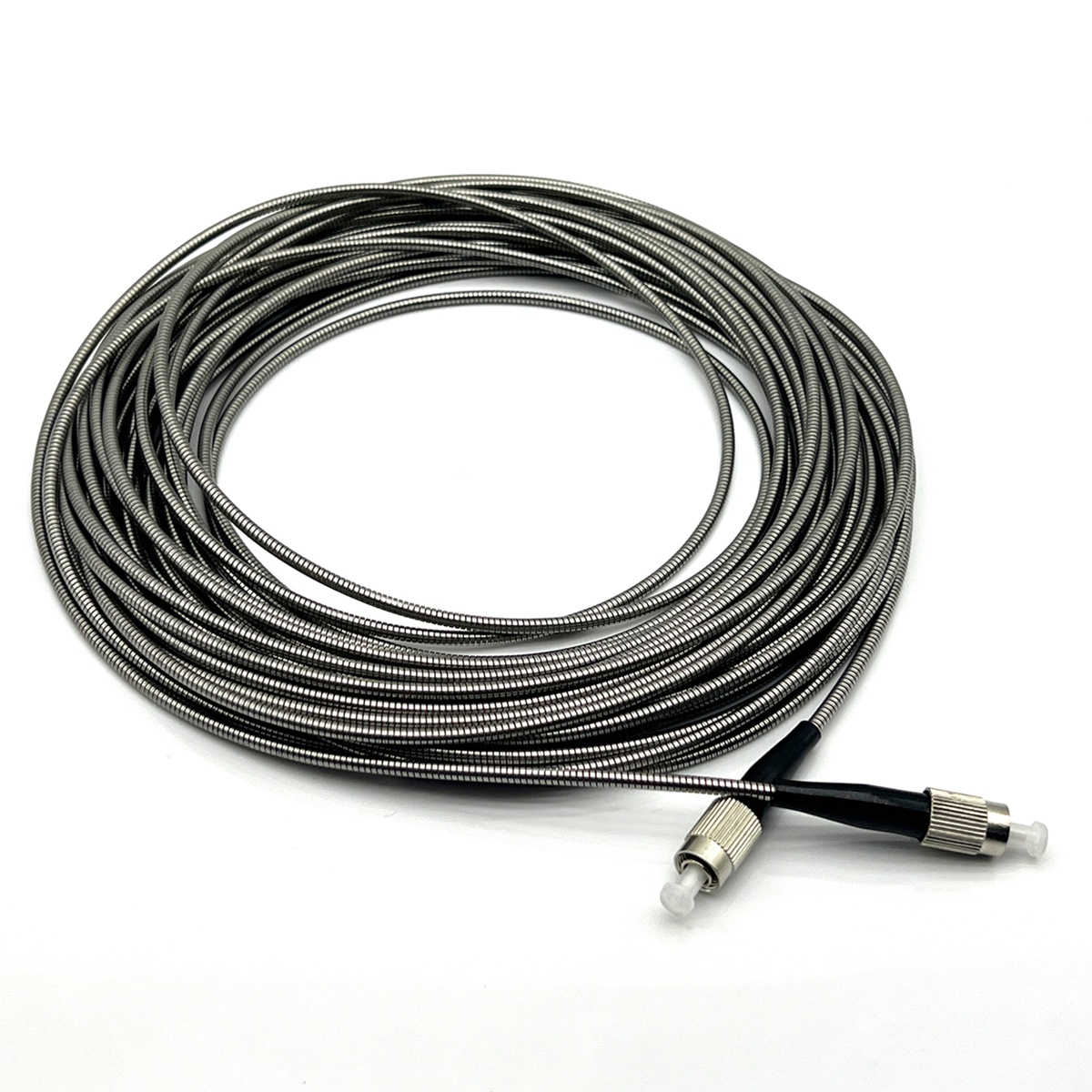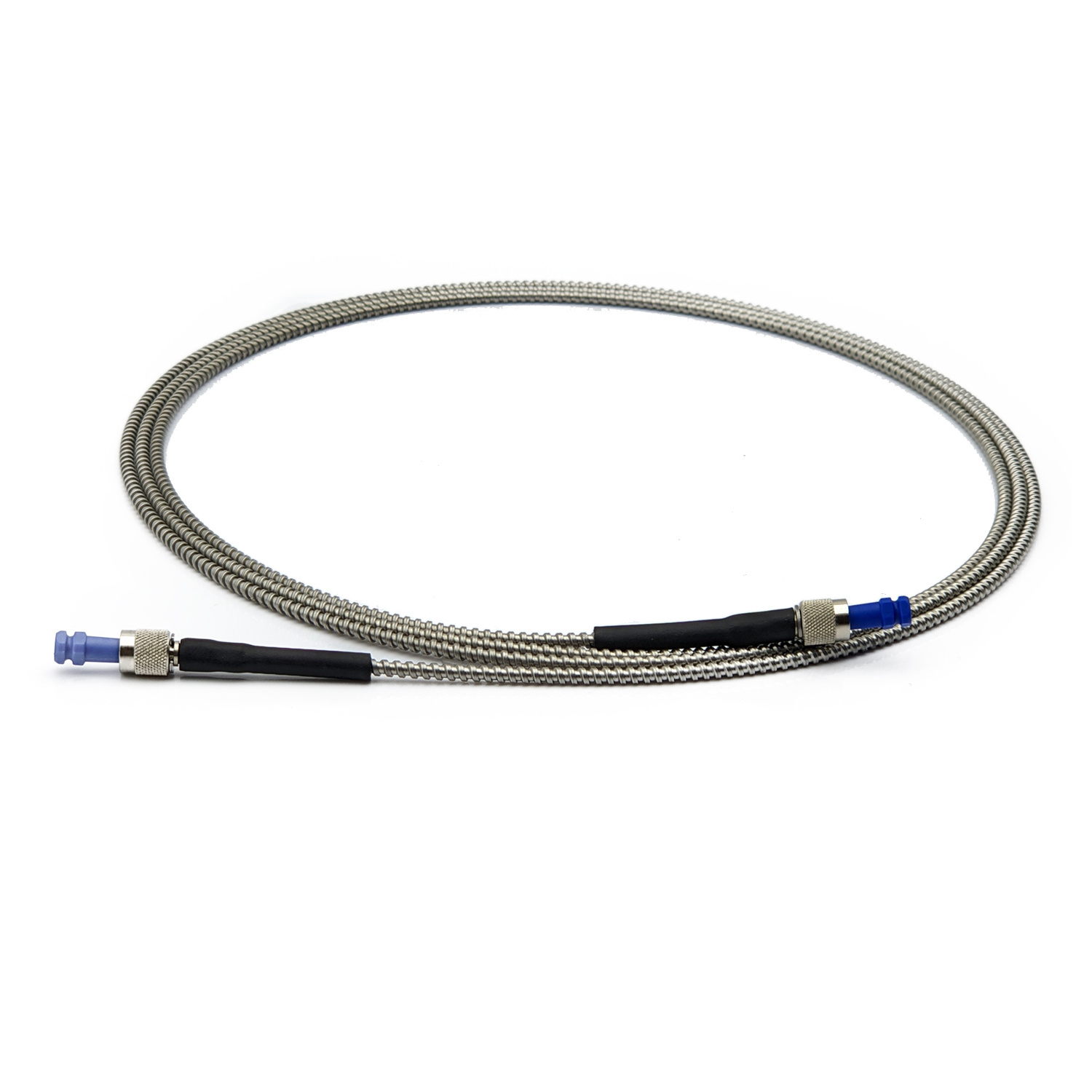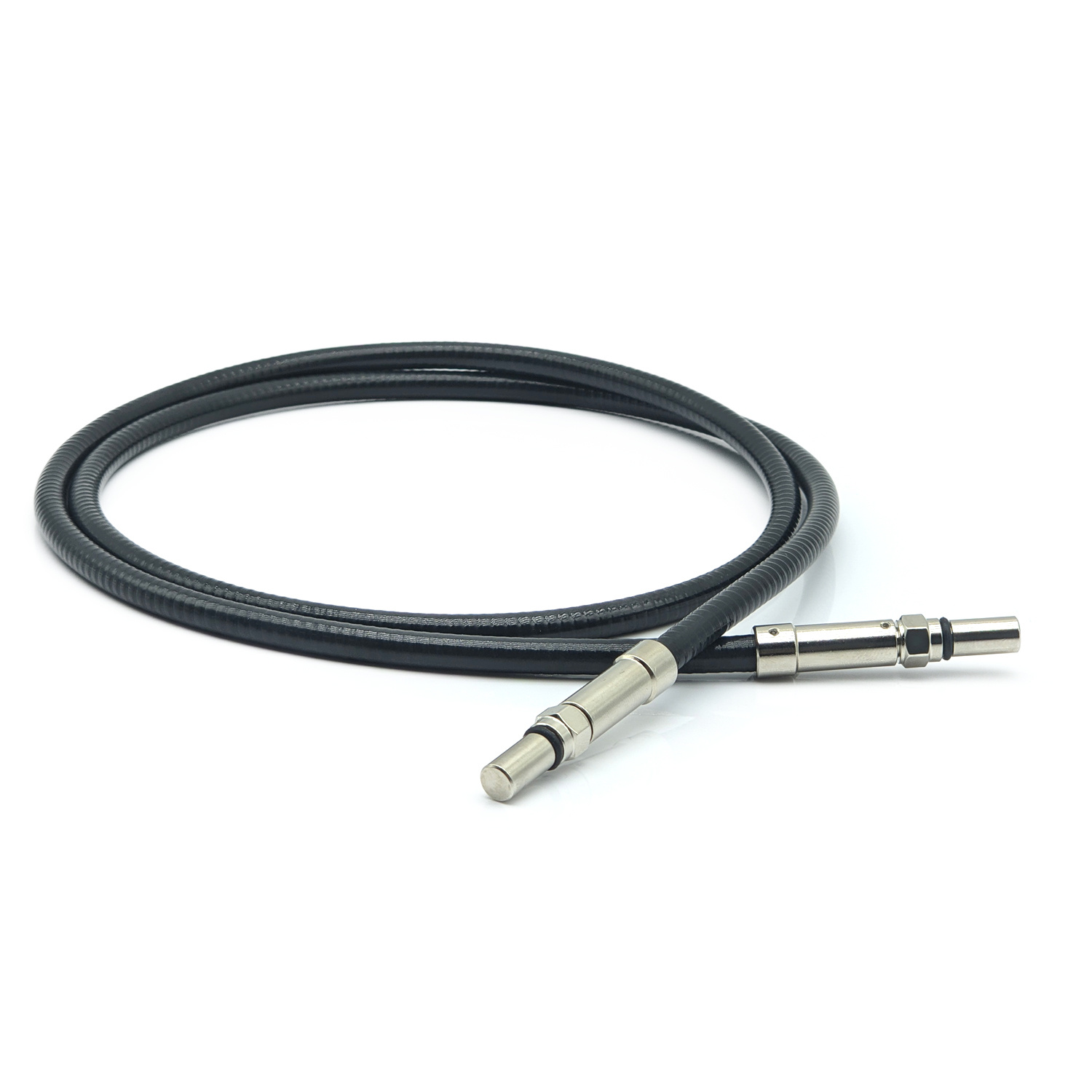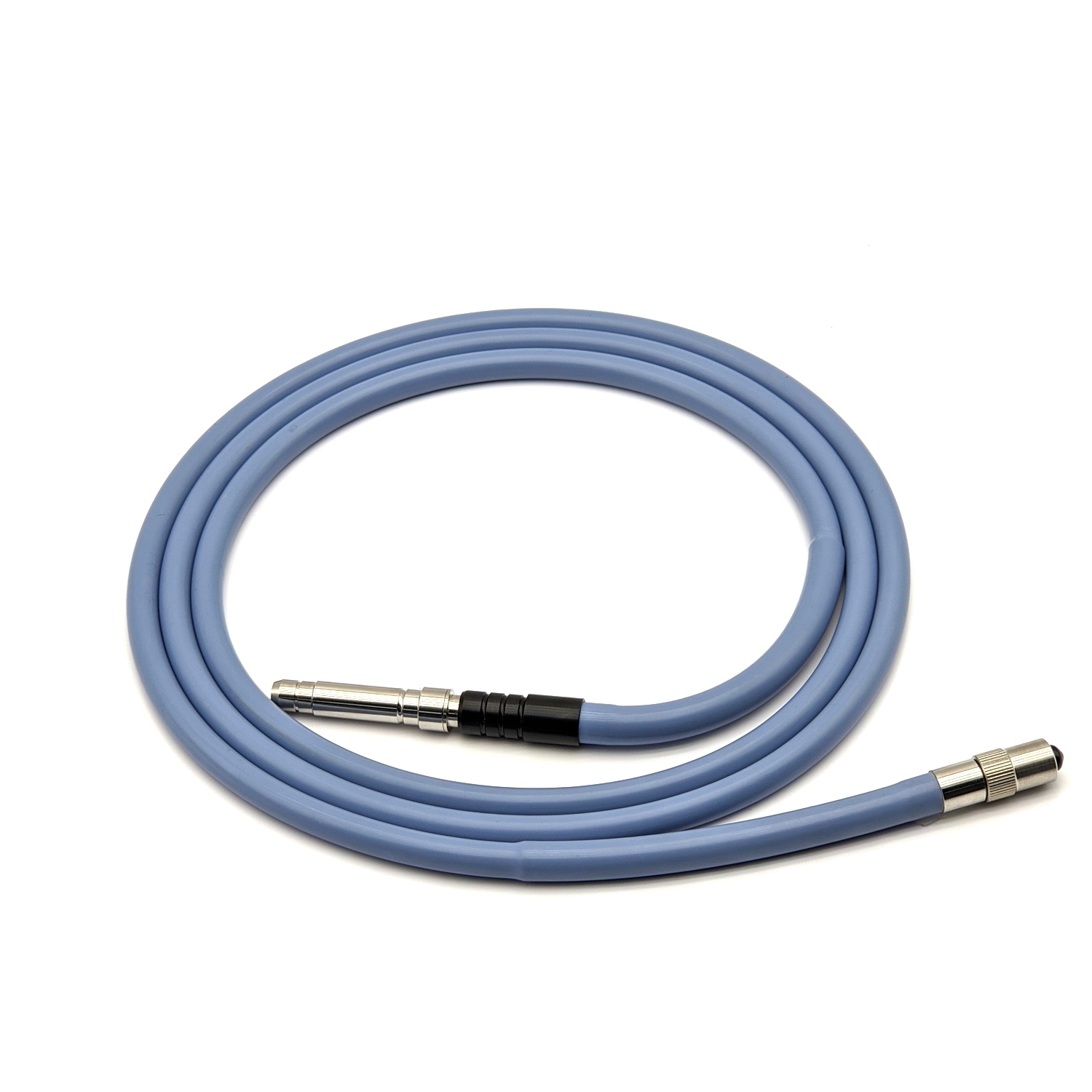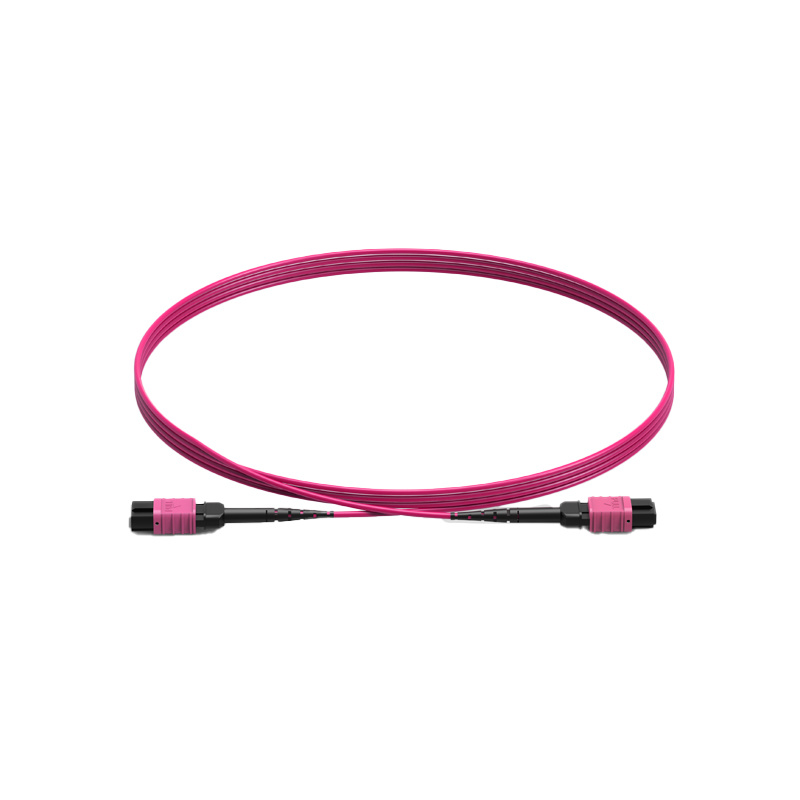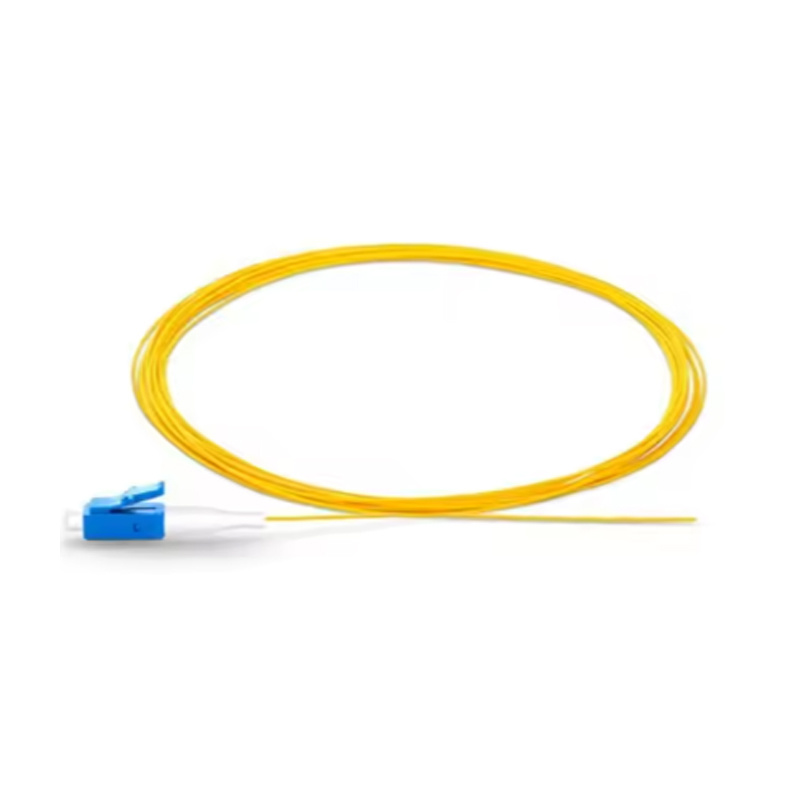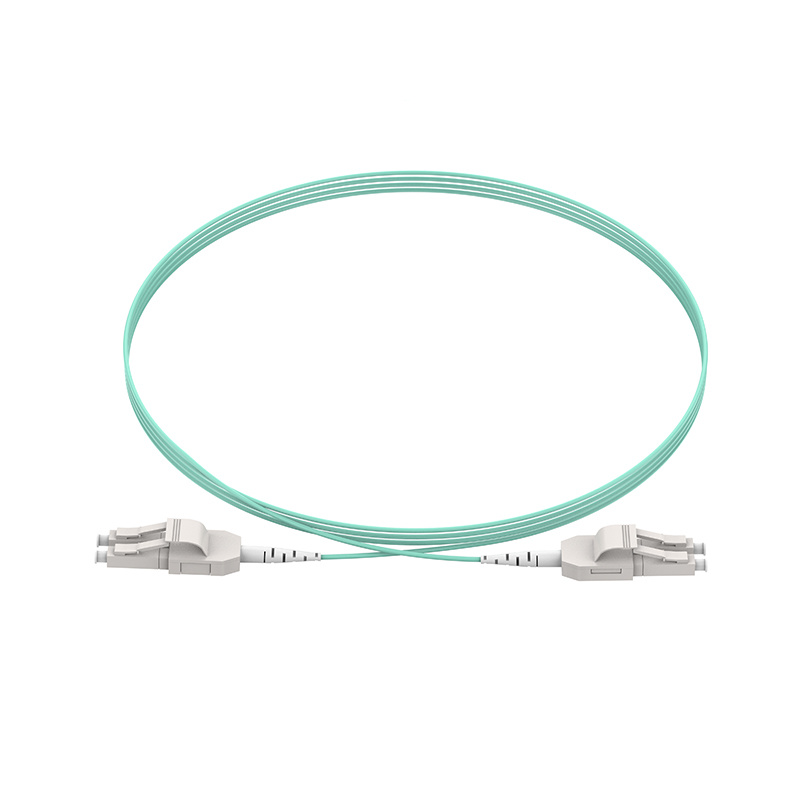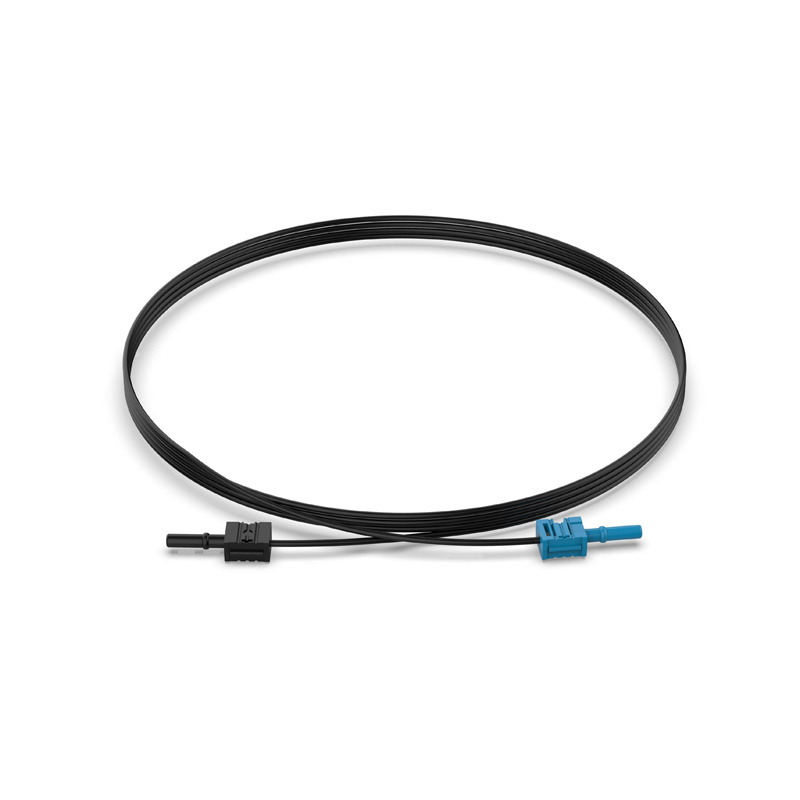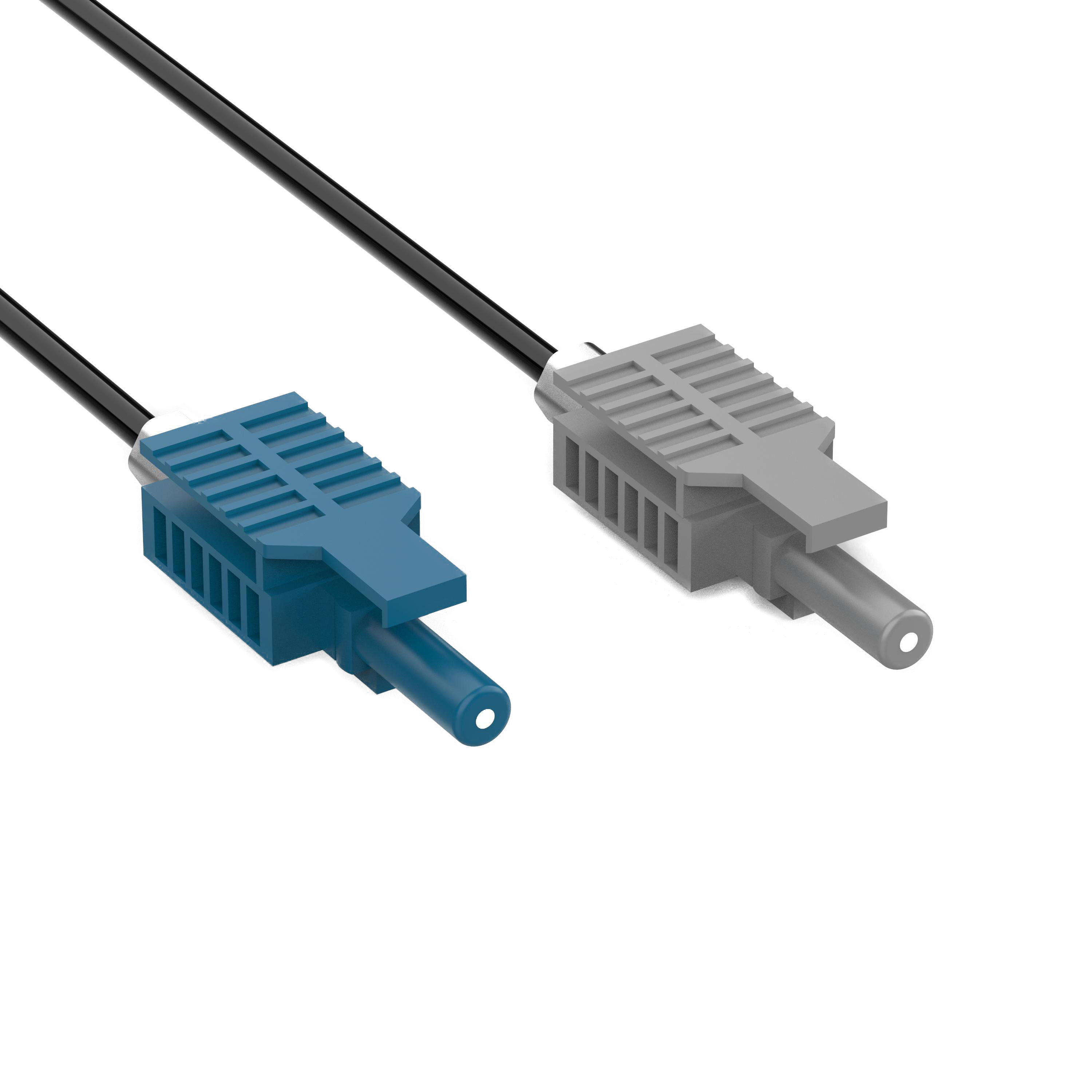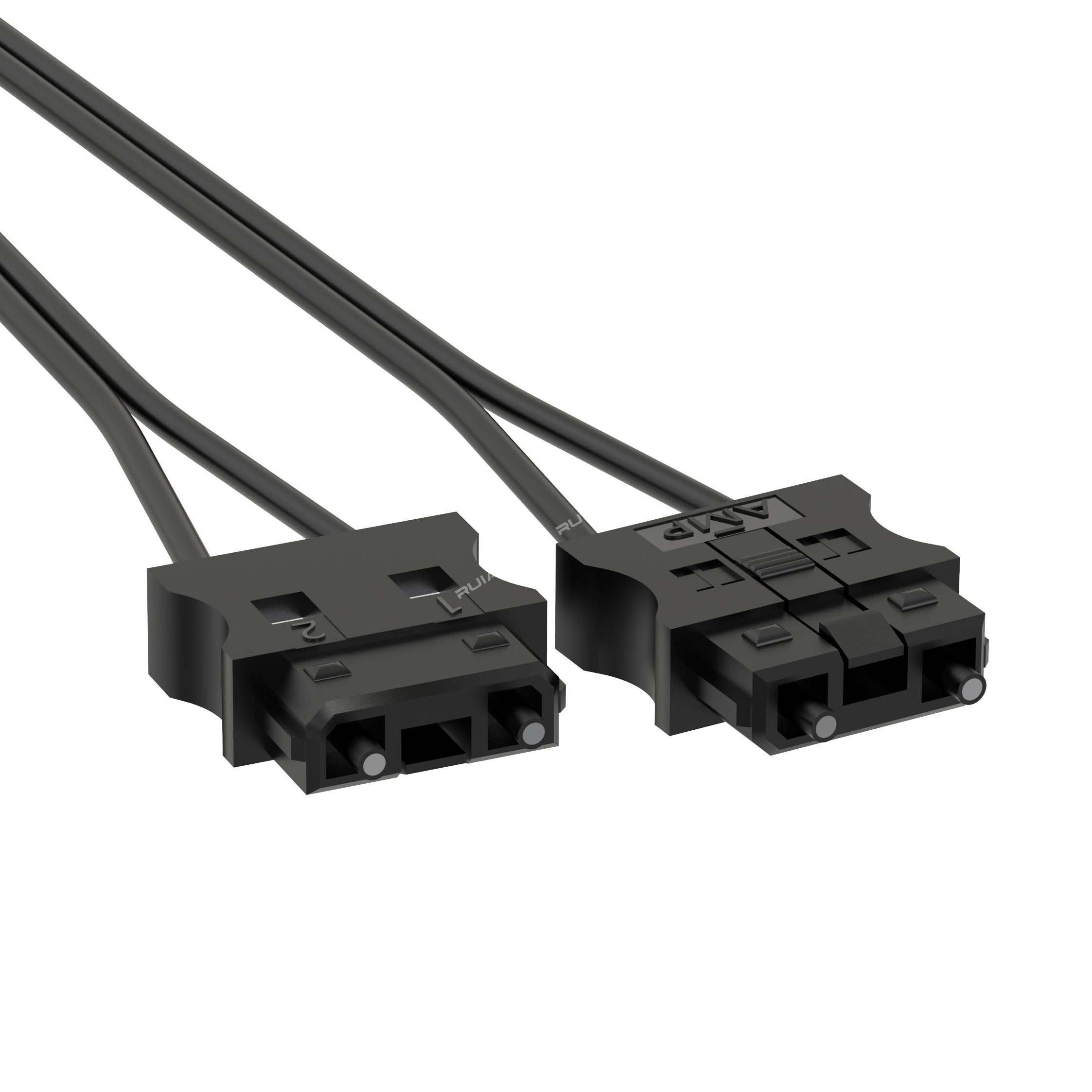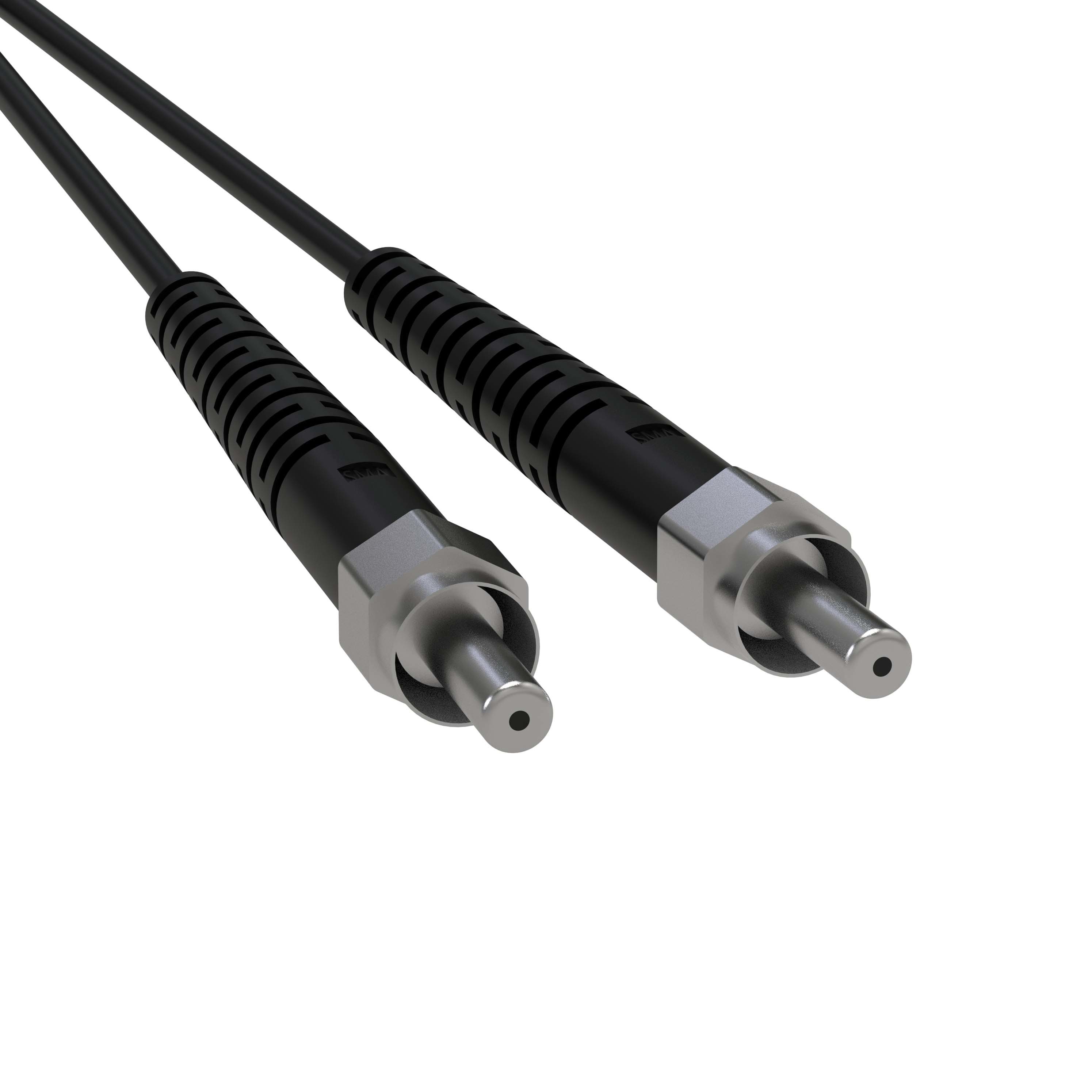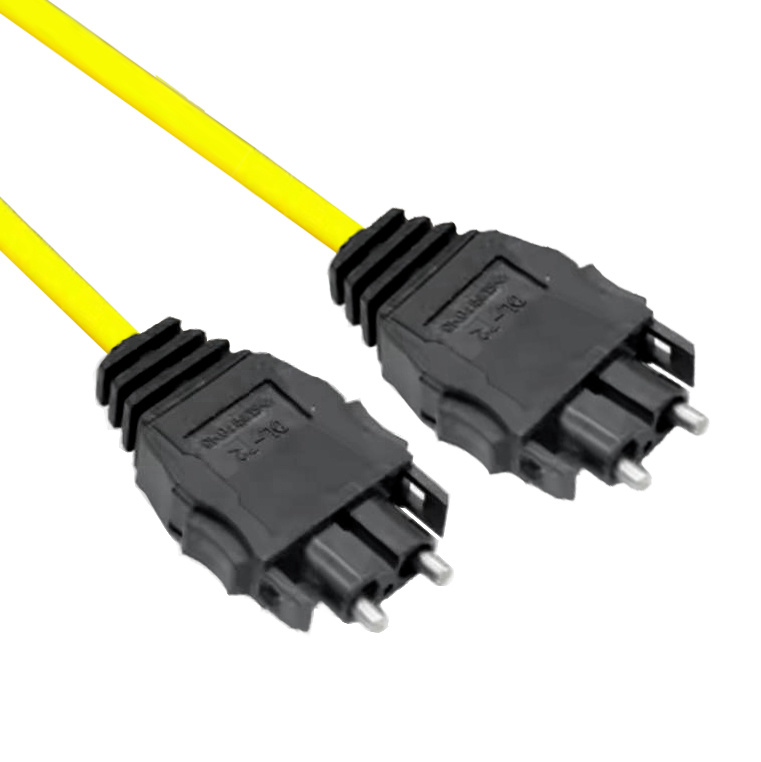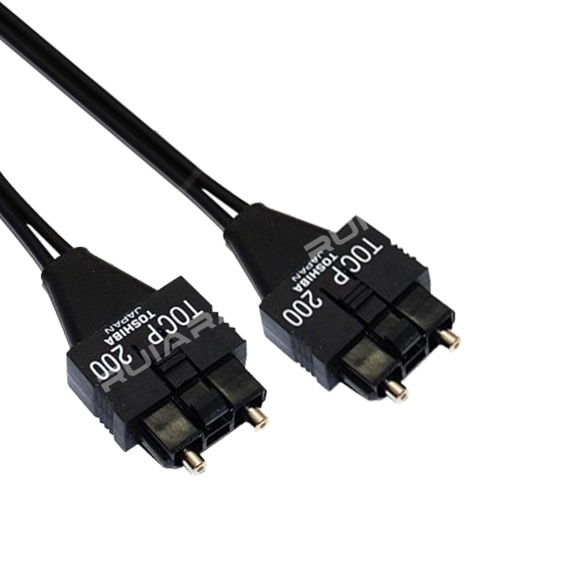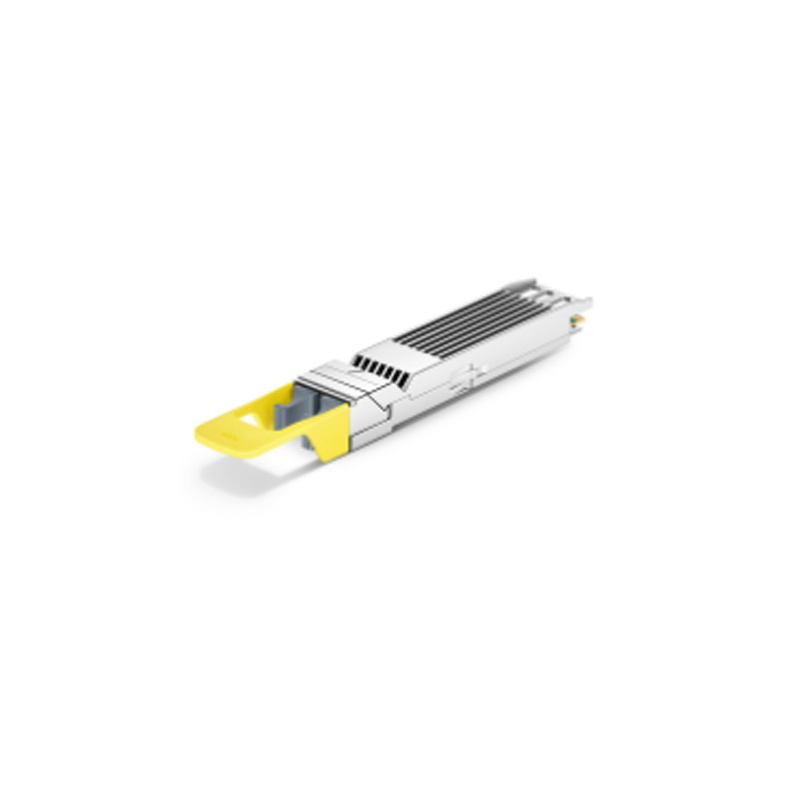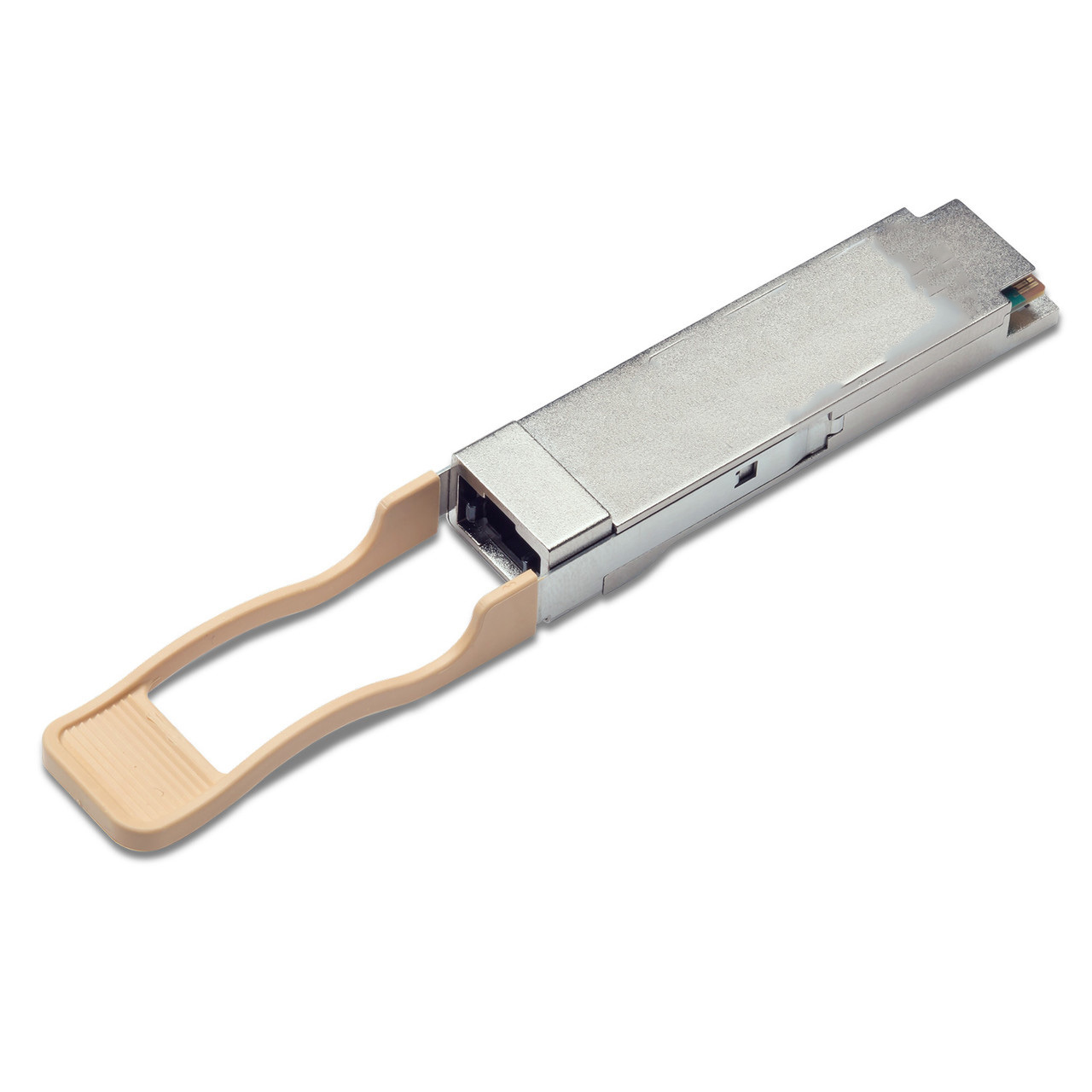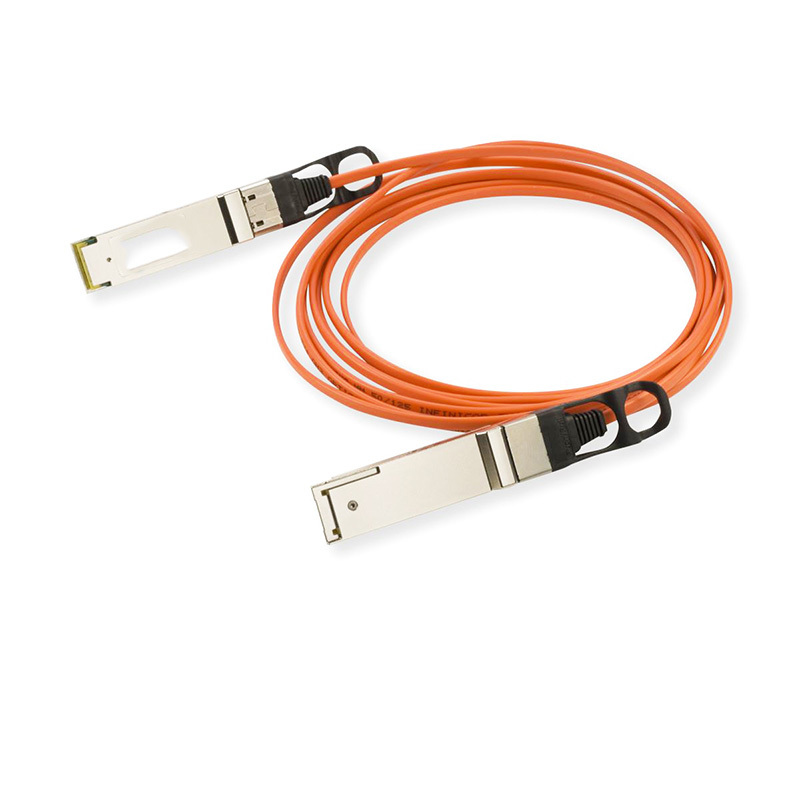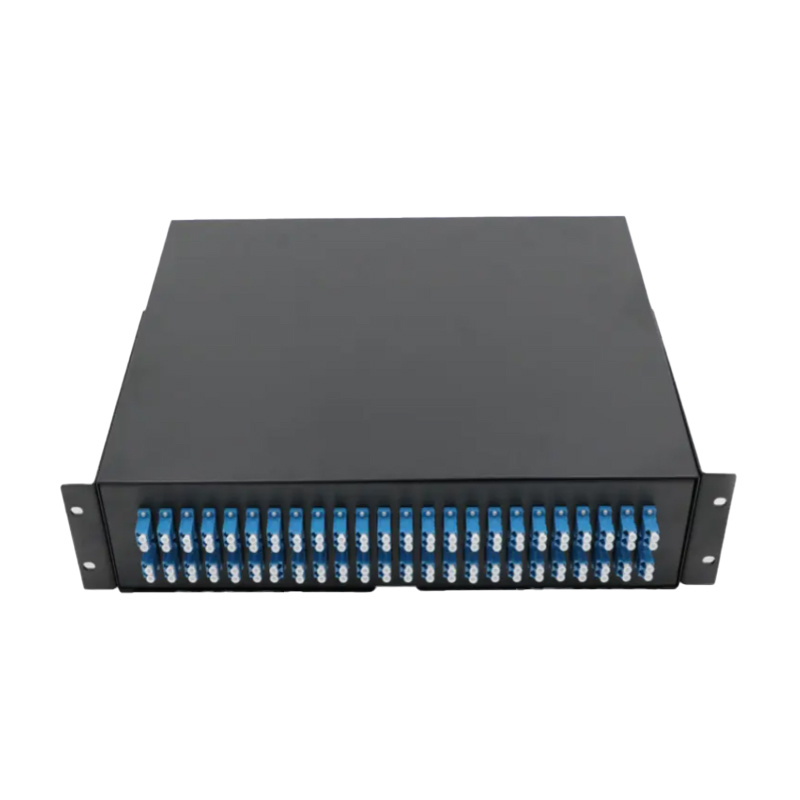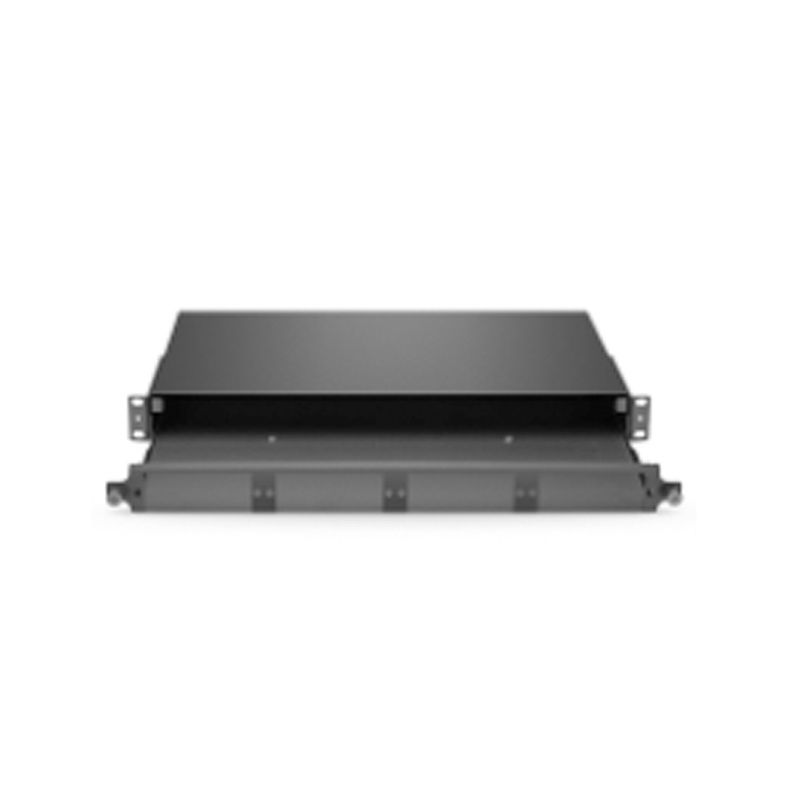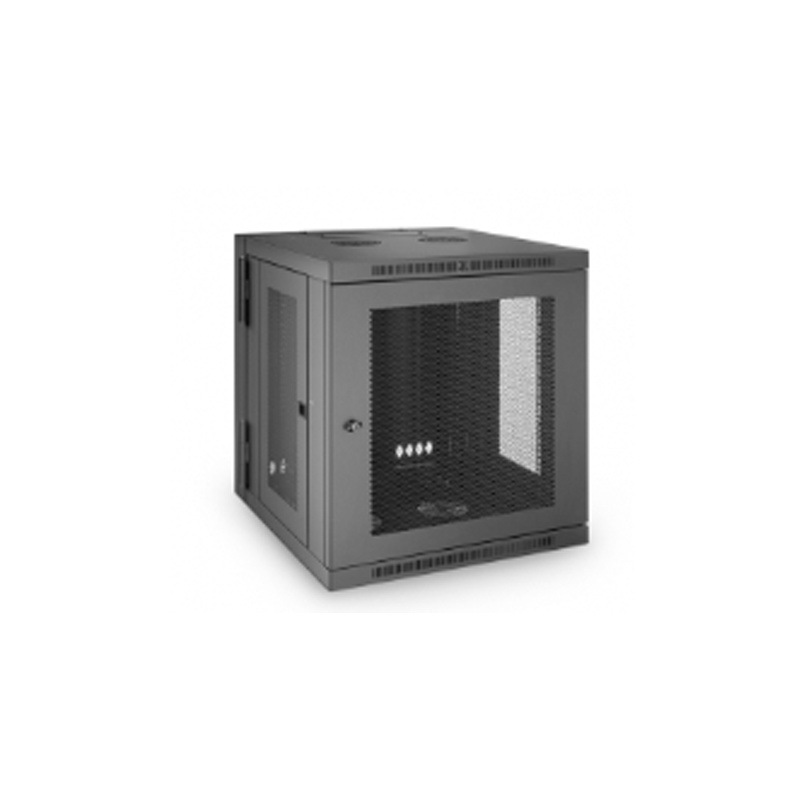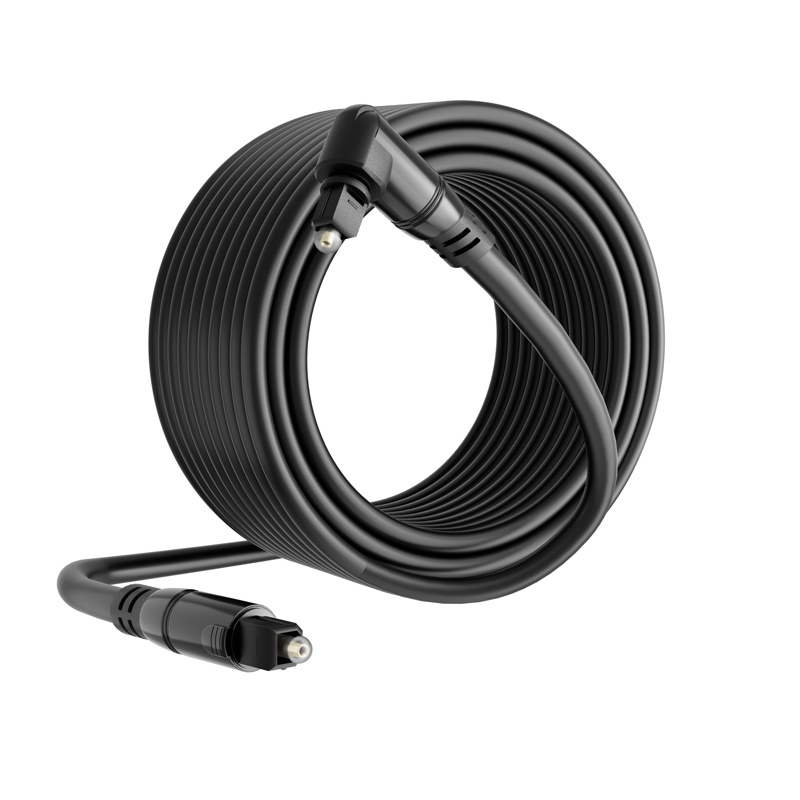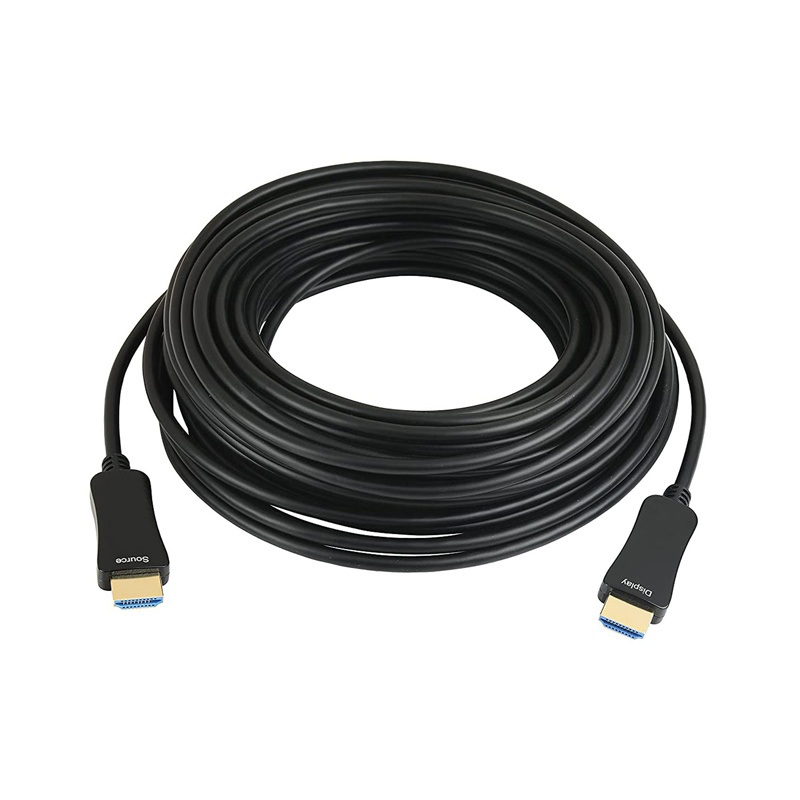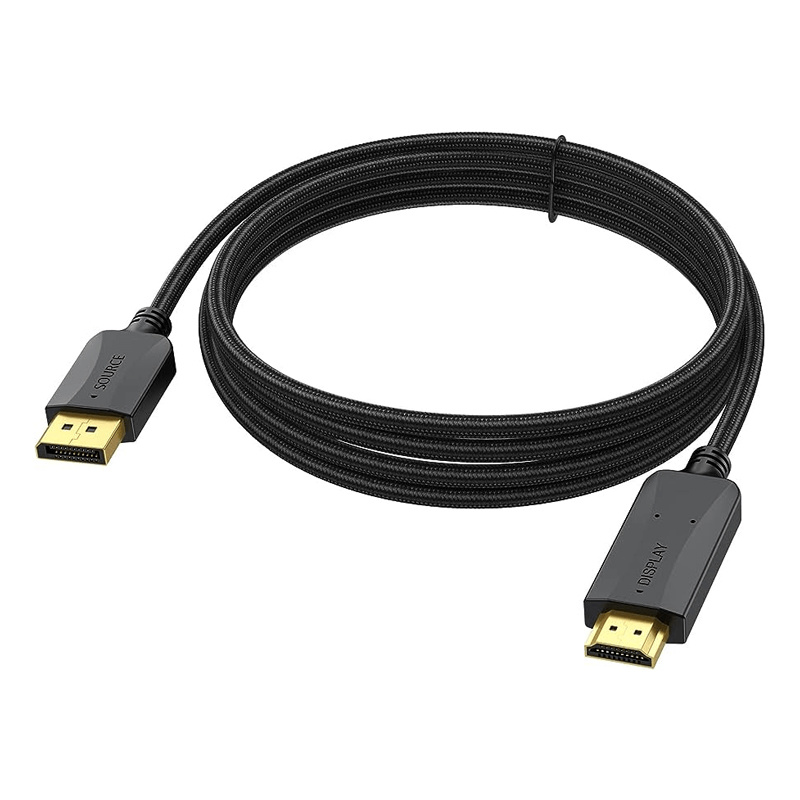Why Fiber Optic Audio Cables are the Future of Sound Quality
Why Fiber Optic Audio Cables are the Future of Sound Quality In the ever-evolving realm of audio technology, fiber optic audio cables have emerged as a transformative innovation that promises to redefine sound quality. As consumers increasingly seek exceptional audio experiences, understanding the advantages of fiber optic cables becomes paramount. This article delves into the key features, benefi
2025-07
Why Fiber Optic Audio Cables are the Future of Sound Quality
In the ever-evolving realm of audio technology, fiber optic audio cables have emerged as a transformative innovation that promises to redefine sound quality. As consumers increasingly seek exceptional audio experiences, understanding the advantages of fiber optic cables becomes paramount. This article delves into the key features, benefits, and future potential of fiber optic audio cables, presenting a robust case for their superiority in delivering pristine sound.
Table of Contents
- What Are Fiber Optic Audio Cables?
- Benefits of Fiber Optic Audio Cables
- Applications of Fiber Optic Audio Cables
- Comparing Fiber Optic and Traditional Cables
- The Future of Fiber Optic Audio Technology
- Frequently Asked Questions
What Are Fiber Optic Audio Cables?
Fiber optic audio cables use light signals to transmit audio data, distinguishing them fundamentally from traditional copper cables that rely on electrical signals. The core of a fiber optic cable consists of glass or plastic fibers, which guide light along their length. This technology not only allows for the rapid transmission of audio signals but also provides a level of clarity that conventional cables struggle to achieve. The ability to handle high bandwidth makes fiber optic cables particularly suited for high-resolution audio formats, catering to audiophiles and casual listeners alike.
Benefits of Fiber Optic Audio Cables
Fiber optic audio cables come with a plethora of advantages that enhance audio quality, making them the preferred choice for many consumers. Here, we explore the most significant benefits:
Superior Sound Quality
One of the most compelling reasons to choose fiber optic audio cables is their ability to deliver superior sound quality. With the capability to transmit high-frequency signals without degradation, these cables ensure that every note is captured with exceptional clarity. Unlike copper cables that may introduce noise and distortion, fiber optic technology provides a clean, accurate sound that enhances the listening experience.
Elimination of Interference
Fiber optic cables are immune to electromagnetic interference (EMI) and radio frequency interference (RFI), which frequently affect traditional copper cables. This immunity is crucial for maintaining audio integrity, especially in environments with multiple electronic devices. By utilizing light instead of electrical signals, fiber optic cables can transmit audio data without the interference commonly encountered in copper wiring, resulting in a much purer audio signal.
Long-Distance Transmission
Another significant advantage of fiber optic audio cables is their ability to transmit audio signals over long distances without signal loss. While copper cables experience attenuation and degradation over extended runs, fiber optic cables can maintain their performance over much greater lengths. This characteristic makes them ideal for professional audio setups, live performances, and home theaters, where optimal sound quality is essential irrespective of distance.
Applications of Fiber Optic Audio Cables
Fiber optic audio cables have found a myriad of applications across various sectors, thanks to their unique properties. Some common uses include:
- Home Theatre Systems: Ensuring immersive sound experiences, fiber optic cables are used to connect audio receivers to speakers, providing clear sound without distortion.
- Professional Audio Equipment: In studios and concert venues, fiber optic cables are preferred for their reliability and ability to carry high-resolution audio signals over long distances.
- Telecommunications: They are utilized in communication systems to ensure the highest quality audio during calls and broadcasts.
Comparing Fiber Optic and Traditional Cables
When weighing the benefits of fiber optic audio cables against traditional copper cables, several key differences emerge:
- Signal Quality: Fiber optic cables provide cleaner, higher-quality sound due to lower levels of interference.
- Distance: Fiber optics can transmit data over much longer distances without loss of quality, which is a distinct advantage in larger setups.
- Durability: Fiber optic cables are generally more durable than copper cables and less susceptible to environmental factors like moisture and corrosion.
The Future of Fiber Optic Audio Technology
As technology continues to advance, the future of fiber optic audio cables looks incredibly promising. With the increasing demand for high-fidelity sound in both consumer and professional markets, we anticipate a surge in the adoption of fiber optic technology. Innovations in fiber optic design and manufacturing will likely lead to even more efficient and affordable solutions, making high-quality audio accessible to a broader audience. Additionally, as streaming services provide higher-resolution audio options, the need for capable audio transmission solutions will only grow, further solidifying fiber optic cables as the industry standard.
Frequently Asked Questions
1. What makes fiber optic audio cables better than copper cables?
Fiber optic cables eliminate electromagnetic interference, deliver superior sound quality, and can transmit signals over greater distances without degradation, making them a better choice for high-fidelity audio.
2. Are fiber optic audio cables compatible with all audio devices?
Most modern audio devices come with fiber optic input/output options. However, it's essential to verify compatibility before purchase, especially with older equipment.
3. Can fiber optic audio cables support surround sound systems?
Yes, fiber optic cables can effectively transmit multi-channel audio signals, making them suitable for surround sound systems.
4. How do I connect fiber optic audio cables to my devices?
Connecting fiber optic cables typically involves plugging one end into the source device (like a DVD player) and the other end into the audio receiver or soundbar, ensuring both have optical ports.
5. Are there different types of fiber optic cables for audio applications?
Yes, there are various types, including Toslink cables and optical cables, designed for different audio equipment and purposes.
Conclusion
In a world where audio quality is paramount, fiber optic audio cables stand out as a revolutionary advancement. Their ability to deliver exceptional sound without interference and over long distances positions them as the future of audio transmission. As technology progresses and consumer demand for superior sound continues, fiber optic cables are set to become the standard in both professional and home audio setups. Embracing this technology is not just a choice; it's a step towards experiencing music and sound like never before.
NEXT:
Related News
IEAE Vietnam(Date: November,2023&May,2024)
IEAE Exhibition in Ho Chi Minh, Vietnam, the booth No.: A.L05
IEAE Exhibition in Russia(Date: August,2024)
IEAE Exhibition in St. Petersburg,Russia, the booth No.: F.B15

